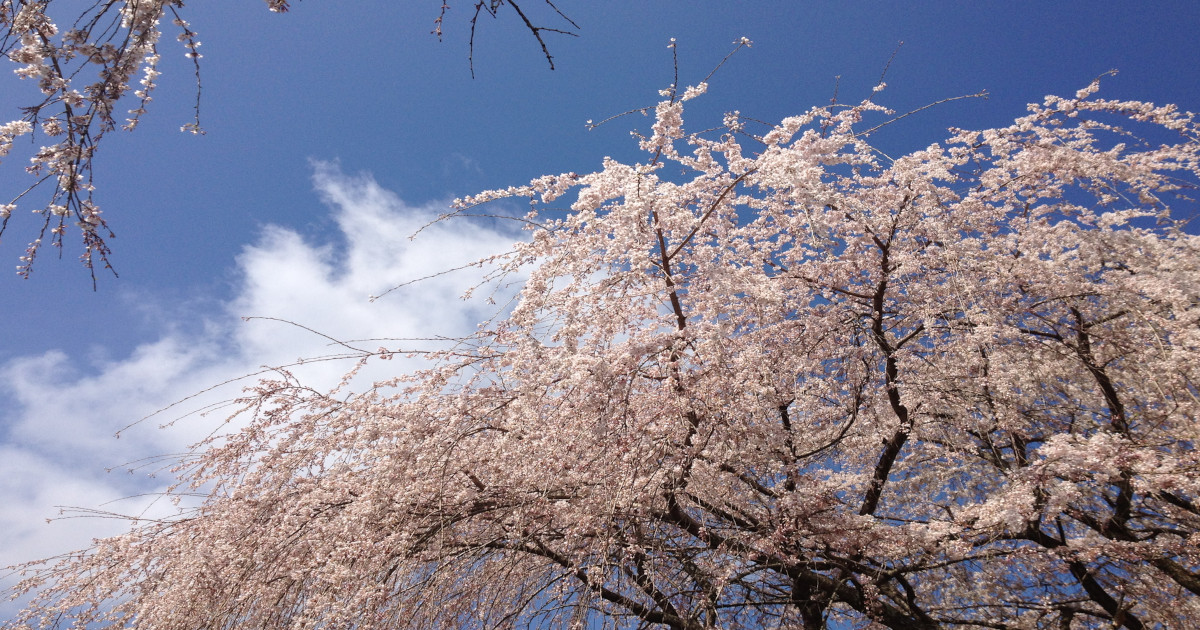Trees and Their Benefits: Social, Ecological & Economic Considerations
A special issue of Forests (ISSN 1999-4907). This special issue belongs to the section "Forest Economics, Policy, and Social Science".
Deadline for manuscript submissions: 31 July 2024 | Viewed by 15005

Special Issue Editor
Interests: invasive species; integrated pest management; forest conservation; trees; tree ecology; insect plant interactions; tree growth; human behavior; urban forestry
Special Issue Information
Dear Colleagues,
Among researchers around the globe, interest in understanding the full spectrum of social, ecological, and economic services that trees provide continues its ascent. To derive benefits from trees (e.g., shade, wood, carbon storage/sequestration, fruit crops, aesthetic value, human health considerations, economic benefits, biodiversity, and wildlife habitat), trees must establish and mature in size. Urban—as well as rural—tree populations are often faced with strenuous conditions that include pest pressures, challenges related to climate change, and even construction injury. Among each of these areas of challenge, as well as the aforementioned benefits, important knowledge gaps remain.
For this Special Issue, we encourage submissions related to formal exploration of these topics that include—but are not limited to—theoretical, empirical, and modeling investigations that employ quantitative, qualitative, and/or mixed methodologies related to the following:
- Tree function and/or performance (growth, survival, mortality, morbidity) assessment in densely populated or remote settings;
- Understanding of human health considerations and benefits related to trees;
- Techniques related to protecting and utilizing trees, wood, and wood products in urban and rural settings;
- Evaluation of the economic contributions of trees;
- Assessment of factors that inhibit tree performance (pests, construction activities, climate change);
- Applications of new or emerging technologies.
We hope that this Special Issue provides a forum for novel insights that will advance our understanding of the scale and scope of trees and their affiliated benefits to people and the landscape around them.
Dr. Richard W. Harper
Guest Editor
Manuscript Submission Information
Manuscripts should be submitted online at www.mdpi.com by registering and logging in to this website. Once you are registered, click here to go to the submission form. Manuscripts can be submitted until the deadline. All submissions that pass pre-check are peer-reviewed. Accepted papers will be published continuously in the journal (as soon as accepted) and will be listed together on the special issue website. Research articles, review articles as well as short communications are invited. For planned papers, a title and short abstract (about 100 words) can be sent to the Editorial Office for announcement on this website.
Submitted manuscripts should not have been published previously, nor be under consideration for publication elsewhere (except conference proceedings papers). All manuscripts are thoroughly refereed through a single-blind peer-review process. A guide for authors and other relevant information for submission of manuscripts is available on the Instructions for Authors page. Forests is an international peer-reviewed open access monthly journal published by MDPI.
Please visit the Instructions for Authors page before submitting a manuscript. The Article Processing Charge (APC) for publication in this open access journal is 2600 CHF (Swiss Francs). Submitted papers should be well formatted and use good English. Authors may use MDPI's English editing service prior to publication or during author revisions.
Keywords
- urban forestry
- tree growth
- tree survival
- human health
- aesthetic values
- heat island
- carbon storage/sequestration
- wood usage
- fruit crops
- biodiversity
- wildlife habitat
- economic contributions
- pests
- construction
- climate change
- UAS and new technologies
- forestry





